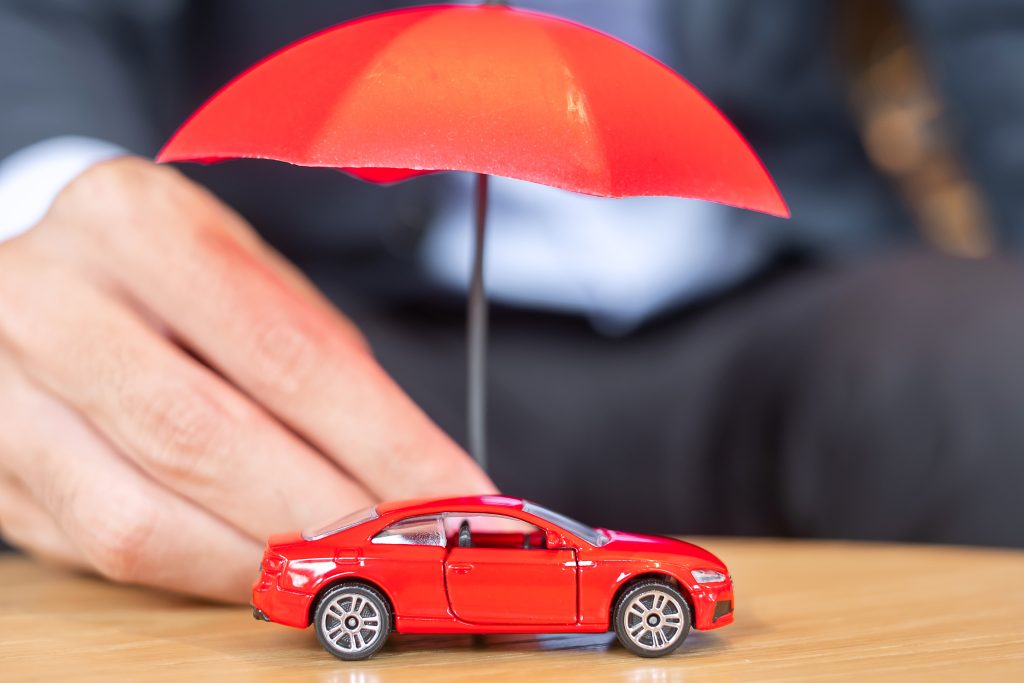
What are heat cramps
Heat cramps are sudden, painful muscle spasms that typically occur during physical activity in hot and humid environments. They happen more often in people who sweat heavily, as sweat causes the body to lose important electrolytes such as sodium and potassium.
These cramps are often the first sign that the body is having trouble handling the heat. If not addressed early, they can lead to more serious conditions like heat exhaustion or heatstroke.
Common symptoms
Heat cramps usually affect muscles that are under stress during physical activity. These can include:
-
Calf muscles
-
Arms
-
Abdomen
-
Back
Cramps can occur in any muscle group used during exercise or manual labor. The affected muscles may feel firm to the touch and show visible spasms. Pain can range from mild to intense and may come in waves.
What to do if you have heat cramps
When heat cramps begin, it’s important to stop your activity and help your body recover. Follow these steps:
Rest in a cool or shaded area. Allow your body temperature to decrease before doing anything else.
Rehydrate with fluids. Drink water, clear juice like apple juice, or an electrolyte-rich sports drink. Avoid caffeine and alcohol, which can worsen dehydration.
Stretch and massage the affected muscles gently. Focus on light, controlled movement to ease the tension.
Avoid strenuous activity for the rest of the day. Even after cramps subside, your muscles and electrolyte balance may still need time to recover.
Wearing loose, breathable clothing and staying out of the sun can also help your body cool more effectively.
When to call your doctor
While most cases of heat cramps resolve on their own with simple care, there are situations where medical advice is needed. Call your healthcare provider if:
-
Cramps persist for more than one hour despite rest and fluids
-
You have heart conditions or are taking medications that affect fluid balance
-
You are on a low-sodium diet
-
Other symptoms like dizziness, nausea, or confusion occur
These factors can indicate a higher risk of heat-related complications or more severe heat illness.
Conclusion
Heat cramps are an early warning sign that your body is being pushed too hard in hot conditions. Acting quickly can prevent further heat-related illness and keep you safe. Rest, rehydrate, and listen to your body. When in doubt, always seek professional medical advice.







.png)
.png)
.png)






.png)
.png)
.png)
.png)
.png)
.png)
.png)
.png)
.png)



.png)


.jpg)




















